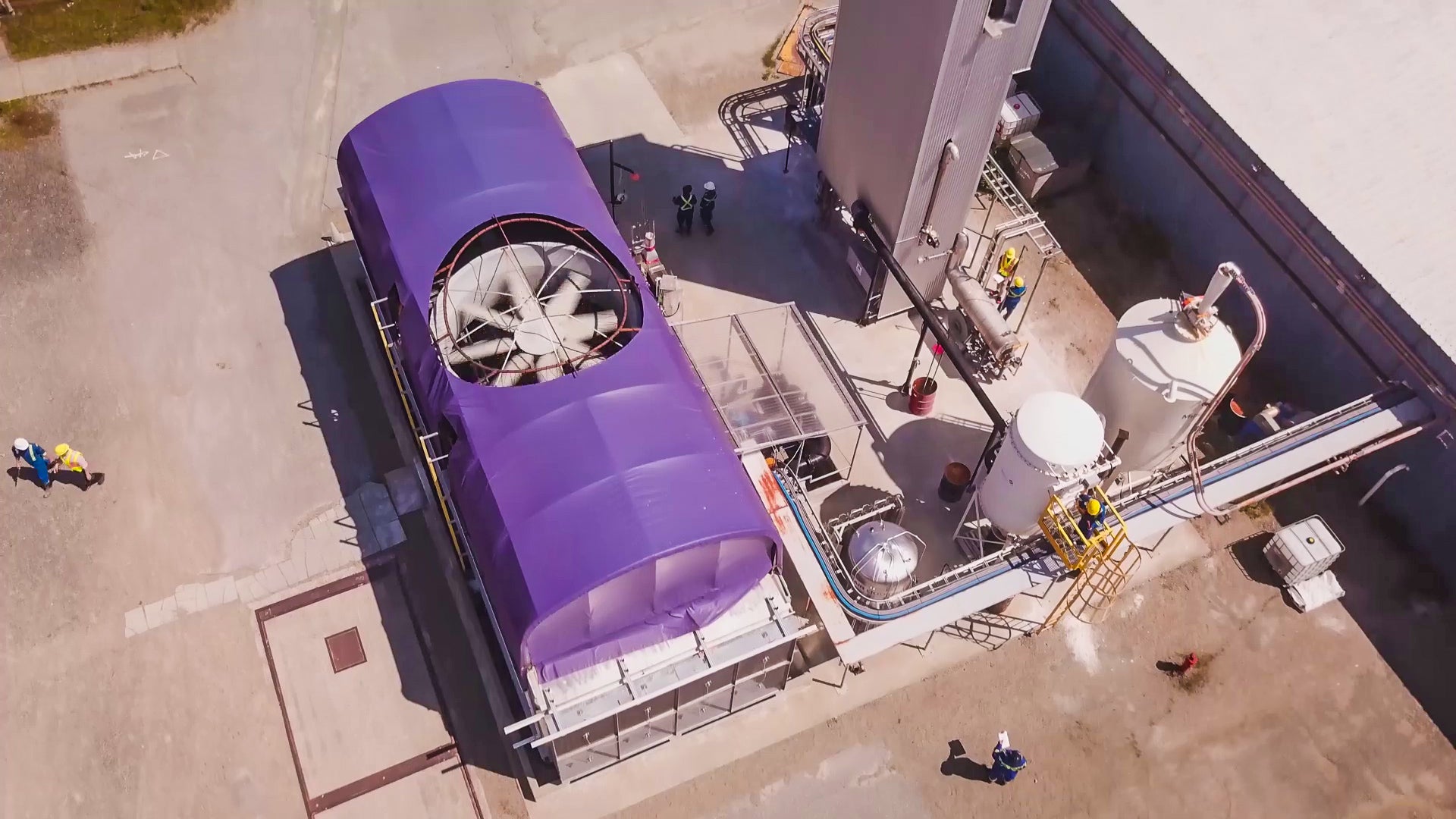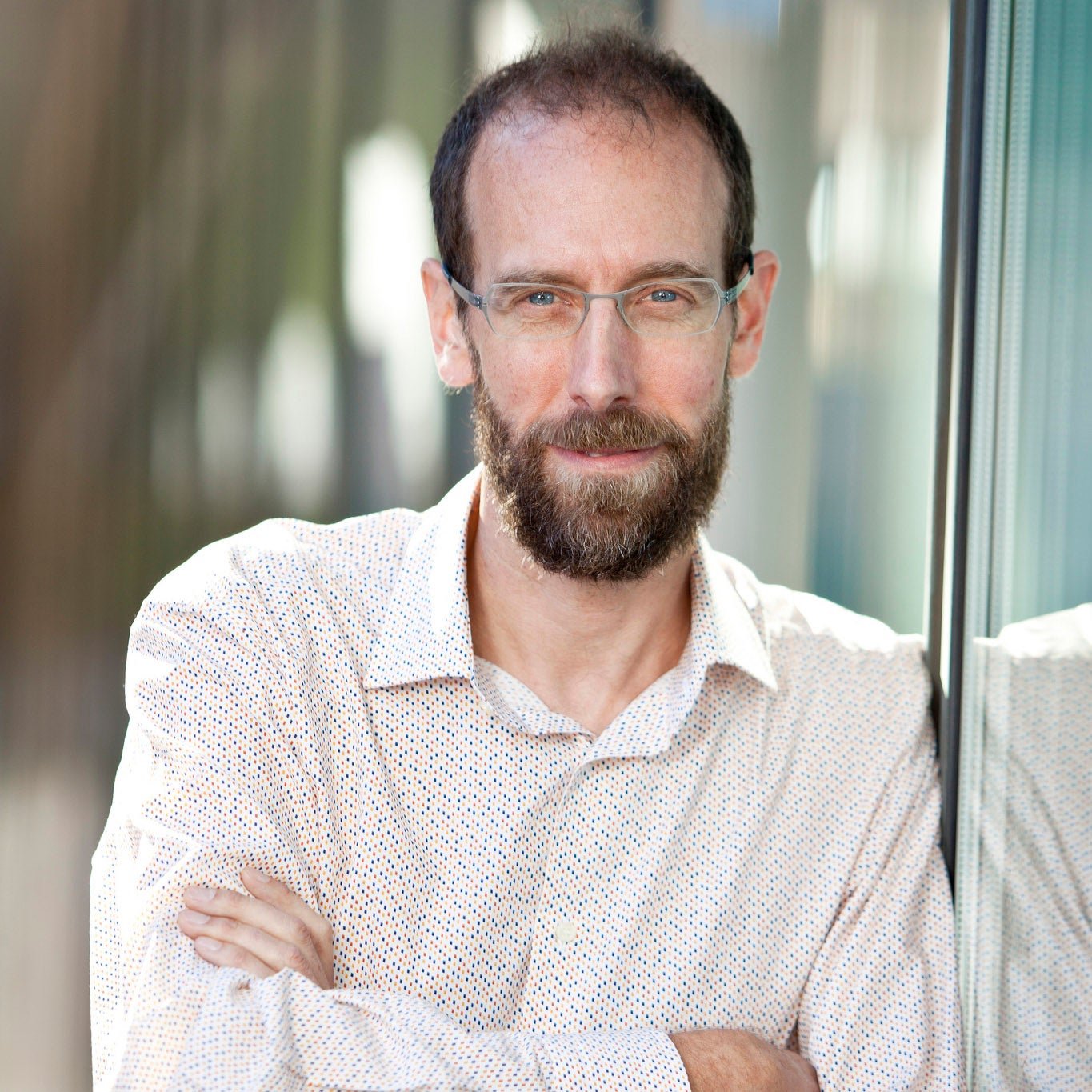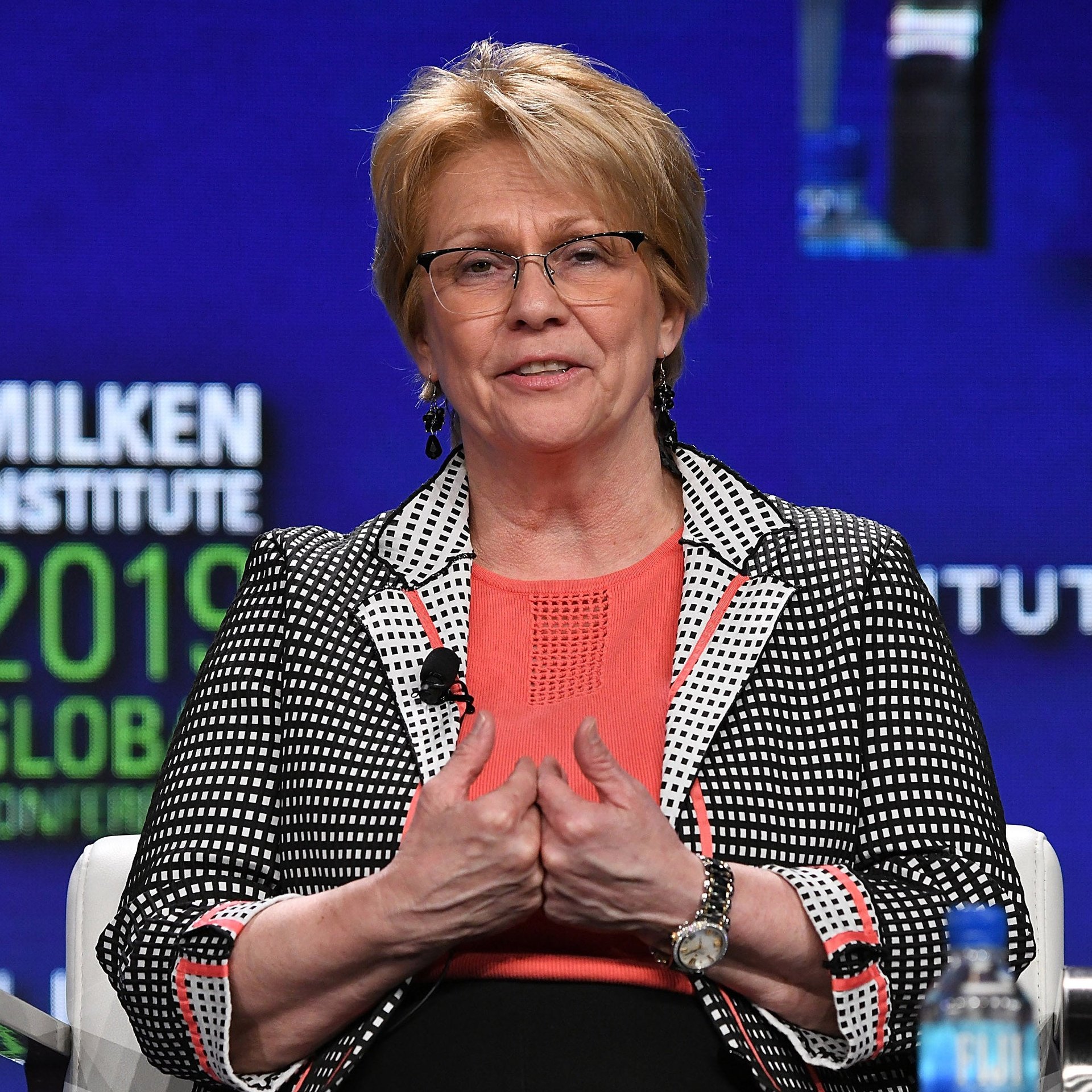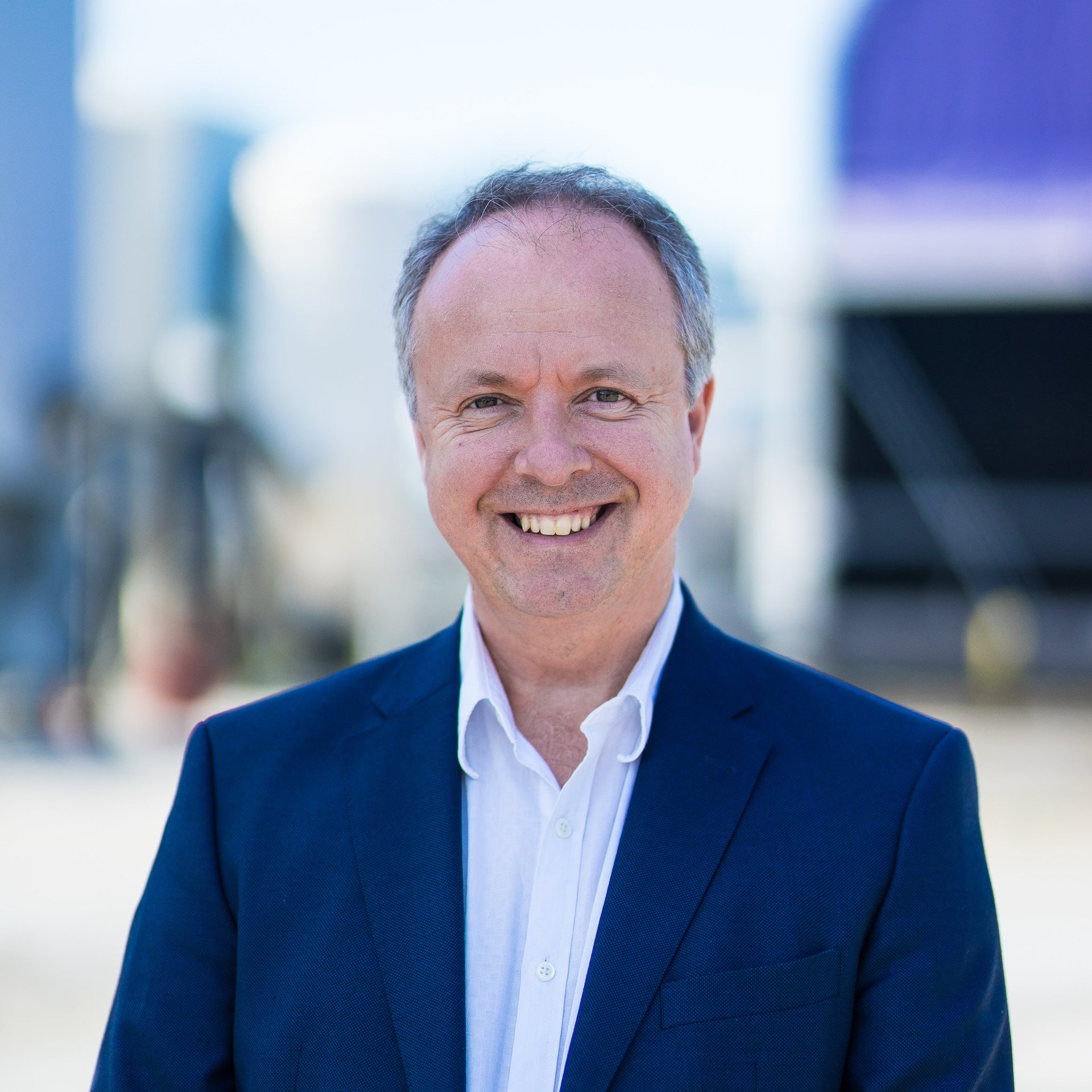A tiny tweak in California law is creating a strange thing: carbon-negative oil
There is a set of technologies, scientists say, without which the world is unlikely to avert climate crisis. These so-called “negative-emissions technologies” have been discussed by climate scientists in academic journals for many years. But now, entrepreneurs at three startups—one each in the US, Canada, and Switzerland—are vying to bring the most promising of those technologies to market. They will potentially offer the world a new set of tools to stave off climate catastrophe—a reverse gear on a car headed for the cliff.


There is a set of technologies, scientists say, without which the world is unlikely to avert climate crisis. These so-called “negative-emissions technologies” have been discussed by climate scientists in academic journals for many years. But now, entrepreneurs at three startups—one each in the US, Canada, and Switzerland—are vying to bring the most promising of those technologies to market. They will potentially offer the world a new set of tools to stave off climate catastrophe—a reverse gear on a car headed for the cliff.
The startups have each been developing a technology called direct air capture. The idea is to build machines that can filter the air and capture only carbon dioxide molecules. If those molecules aren’t released into the atmosphere, the result is negative emissions. So far every startup has showed the technology works. The next hurdle is to scale the technology and lower its cost.
First out of the gate was Climeworks. In 2017, with the help of small grants from the EU, the Swiss startup installed a machine in Iceland that captured carbon dioxide from the air, mixed it with water, and injected it underground. There, thanks to geology, the gas reacted with minerals to become stone. The machine captures about 50 metric tons each year, which is the annual emissions of one household in the US—or about 10 in India.
But to hit the more ambitious climate goals set under the Paris climate agreement, annual negative emissions need to reach more than 1 billion metric tons by mid-century. That’s why an announcement made last month in Jackson Hole, Wyoming was especially interesting. Canadian startup Carbon Engineering is pairing with US oil giant Occidental Petroleum to build a plant by 2022 that will capture and bury 500,000 metric tons each year. The plant is expected to cost hundreds of millions of dollars.
Rarely have energy or climate technologies scaled up at that pace—many orders of magnitude in less than five years. Rarer still is the likelihood that this plant will make money. Most early energy technologies lose money. Pulling it off took the genius of a Harvard professor, the climate ambition of an oil CEO, and the long-term thinking of California lawmakers.
Sucking it up

David Keith is a no-nonsense academic at Harvard University studying geoengineering, a set of ideas to manage the Earth’s climate on a planetary scale. In 2009, he co-founded Carbon Engineering with Geoff Holmes, a student from his research lab.
The idea that carbon dioxide can be captured from the air we breathe is decades old. Such systems have been used in submarines for a long time. The Harvard pair’s innovation was to make the technology cheap enough to deploy it at scale, and maybe help dial down the temperature of the planet.
Carbon Engineering first set up shop in Squamish, a small town north of Vancouver in Canada. Bill Gates became one of its earliest backers. By 2015, Keith, Holmes, and a handful of employees had built a working prototype that could capture up to one metric ton of carbon dioxide each day.
While six years is a long time in a software company’s life, it’s not very long for a chemical-engineering startup. To get there so fast, Carbon Engineering did two things. First, it used known technologies and combined them to handle different aspects of the capture process. Second, it designed its plant to use off-the-shelf equipment instead of custom-built parts.
Here’s how the plant works: A large fan sucks in huge volumes of air and passes it over corrugated sheets. A chemical solution, which reacts with carbon dioxide in the air, is poured onto the sheets. The carbon-rich solution is then transported to a container where it’s brought in contact with quicklime (or calcium oxide) that reacts with the mixture to form pellets of limestone (or calcium carbonate). In a third container, these limestone pellets are heated to about 1000°C to create quicklime that can be reused and release carbon dioxide as a pure stream of gas. The greenhouse gas can then be injected underground in depleted gas fields or converted into something useful.

(To heat the kiln to 1000°C, natural gas is burned in pure oxygen and the carbon dioxide produced in the process is also captured. There are also plans to use renewable electricity to heat the kiln, cutting out the use of any fossil fuels.)
In June 2018, Keith published a peer-reviewed study in the journal Joule that described the process in great detail. It’s the only direct-air-capture (DAC) company to offer its work for peer review so far. The main point of the paper, however, was to correct a misconception about the technology that it’s necessarily expensive.
According to a 2011 study by the American Physical Society, DAC technology could cost more than $600 per metric ton. For context, the highest global price on carbon emissions—as a tax or a tradable credit—is around $200 per ton. But Keith showed that Carbon Engineering’s technology could capture carbon dioxide for between $100 and $250 per metric ton.
Within months of the paper’s publication, Steve Oldham, who Keith and Holmes had brought in to be CEO of Carbon Engineering, found himself in a meeting with Vicki Hollub, CEO of Occidental Petroleum. She wanted access to more carbon dioxide. He wanted to raise capital to scale up the technology to capture hundreds of thousands of tons each day.
Green oil

In 2016, Hollub became the first female CEO of a major international oil company. She’s already made her mark on the 100-year-old company she leads. In 2018, the company released its first climate report, looking at the risks and opportunities it faces in a carbon-constrained world. The same year, it launched a venture fund to invest in technologies to lower the carbon footprint of the company’s operations and the fossil fuels it produces. It joined the Oil and Gas Climate Initiative, banding together with 12 other oil companies that are focused on cutting emissions and looking to spend more than $1 billion to develop greener technologies.
But Occidental Petroleum, also called Oxy after its stock ticker symbol, is going further than its peers. In March, Hollub announced the company will aspire to be carbon neutral, inclusive of the products it sells. That is, if you as a consumer burned Oxy-produced oil, then the company will offset even those emissions. Though Oxy hasn’t set a date to reach that goal, its climate report says it will happen in time to help keep global average temperatures from rising above 2°C.
No oil company in the world has such a goal. There are some reasons to believe that Oxy can actually achieve it. (Read Quartz’s profile of Vicki Hollub for further insight into her climate leadership.)
Apart from the standard things that oil companies do—extract, transport, and sell oil—Oxy has created a niche for itself. It is the global leader in injecting carbon dioxide into oil fields to eke out more oil than it can with conventional techniques. According to public filings, in 2017, the company injected 27 million metric tons of carbon dioxide into oil fields, a process called enhanced oil recovery (EOR). By doing so, it increased the total oil production of depleted fields by as much as 25%.
Crucially, virtually all the injected carbon dioxide stays in the field, according to company reports produced to comply with US Environmental Protection Agency (EPA) regulations. That means it’s possible to pump in more carbon dioxide into the field that would be produced when the oil it helps to extract is burned in cars or planes. The result is a strange thing: “a carbon-negative barrel of oil,” according to a testimony Richard Jackson, president of Oxy’s venture fund, gave to the US Senate in May.
To be sure, while the greenhouse-gas impacts could be negated, burning oil also produces particulate pollution. And, so far, carbon-negative oil doesn’t exist. While Oxy’s been doing CO2-EOR for more than 40 years, most of the carbon dioxide it injects comes from underground geological fields that already contain carbon dioxide. Why would someone go mining for carbon dioxide when there’s too much of it in the air? Money. It costs less to mine carbon dioxide than it does to capture it from the air or from industries that produce it as waste.
Hollub’s leadership has brought about a change in thinking. She realized that the company’s carbon-capture expertise could be used not just to make profits for shareholders but also to do climate good. That’s why Hollub is confident that Oxy can become carbon neutral, and why she was sitting at a table in Edinburgh, Scotland in November 2018 with Carbon Engineering’s Oldham. As of this year, Carbon Engineering has raised about $100 million, including about $15 million of government funds. Carbon also counts oil major Chevron and mining giant BHP as investors.
But Carbon Engineering needed hundreds of millions of dollars to build at large scale using a technology that few thought was ready for prime time. Hollub wouldn’t have been at the table were it not profitable to invest such large sums of money. And luckily, she had the vision of California lawmakers to make the economics attractive.
Terminating emissions

For decades, California has led other US states and much of the world in regulating transport’s impact on the environment. The credit goes to its citizens who have consistently backed environmental stewardship by electing leaders that have delivered on the mandate. The lesser known, but equally deserving force behind these changes is the California Air Resources Board (CARB), created in 1967 by then-governor Ronald Reagan as the “clean air agency.”
For most of its existence, CARB’s mandate has been to clean up cities of particulate pollution created by California’s growing number of cars. It’s done so by adopting increasingly ambitious fuel-efficiency standards. Then, in the 2000s, two things happened that increased CARB’s responsibilities. In 2004, CARB was given the power to also set greenhouse-gas regulations. In 2006, then-governor Arnold Schwarzenegger signed an act to require the state to cut its emissions by 80% by 2050 compared to 1990 levels.
The board realized that fuel-efficiency standards on their own weren’t enough to hit those ambitious goals. It needed to create a program that would promote the development and deployment of new technologies, such as the use of zero-carbon hydrogen, biofuels, and electric cars. Its answer was the low-carbon fuel standard (LCFS), a cap-and-trade program, where CARB sets a cap on the total emissions from the transport sector and brokers trade in the form credits for metric tons of carbon dioxide lowered using a low-carbon alternative.
In 2011, the LCFS came into effect. In 2016, the program created $92 million worth of credits, which make low-carbon alternatives cheaper to use. The program has been so effective that multiple jurisdictions around the world, including the EU, have adopted similar standards to clean up their transport sectors.
Now California, the world’s fifth largest economy, is looking to do even more. In October, under former governor Jerry Brown, the state passed a law to reach net-zero emissions by 2050. Though going from an 80% reduction to a 100% reduction might seem incremental, the effort to decarbonize the economy gets harder the closer we get to 100%. And the hardest emissions to cut are those from transport.
To deliver on the much more ambitious goal, CARB needs more technologies in the mix. The “net-zero” part is acknowledgement that, for some sectors of the economy, such as air travel, we won’t have cost-effective solutions to cut emissions. Instead, California will have to look to offset those emissions using negative-emissions technologies like direct air capture (DAC). CARB realized the technologies weren’t sufficiently developed and needed government support to get there.
So starting Jan. 1, the LCFS was modified to include DAC. That means, any entity that captures and sequesters a ton of carbon dioxide from the air (which traded at an average price of $160 in 2018), can claim a credit from California. And because it doesn’t matter where the carbon dioxide is captured and stored, any entity in the world can apply for the credit.
Means to an end

The availability of the LCFS credits changes the economics of deploying DAC technology, and it’s why the discussion Oldham and Hollub had during that Edinburgh meeting resulted in a deal. They are now teaming up to build a large-scale plant that will capture and sequester 500,000 metric tons of carbon dioxide from the air each year. The plant, which will be operational in three years, is to be located in the Permian Basin, where Occidental Petroleum has multiple depleted oil fields that need carbon dioxide injections to recover more oil. (Oxy is also experimenting with using CO2 to extract unconventional oil through fracking, which if successful will mean more demand for CO2.)
Apart from the LCFS credit value, the project will have two other sources of revenue. Under the newly-passed 45Q tax credit from the US federal government, each ton of captured carbon dioxide used for enhanced oil recovery will earn Oxy $35. Add that to $160 (or thereabouts based on the spot price), and the money Oxy will make from the oil recovered in the process, and it’s likely to earn more than $200 per ton of CO2 buried underground.
“Both 45Q tax credits and LCFS credits are crucial for allowing us to get on with building the first plant,” Oldham said. He wouldn’t give a firm figure for the cost of capturing emissions at the first DAC plant, but insisted it will be “much lower” than $200 per metric ton. That means the first plant will actually make money? I asked. “The baseline economics works. Otherwise we wouldn’t be spending money on this,” he said.
The project also makes sense to Oxy from a different perspective. “[The DAC plant] provides us carbon dioxide at a lower cost than some of the organic carbon dioxide we use today,” Hollub said. (By organic, she means that derived from geological fields.)
Of course, it’s possible to simply bury carbon dioxide captured from the air and not produce fossil fuels using it, but there isn’t enough economic incentive to do that. Yet the project’s connection to oil extraction has tainted it. Dan Lashof of the World Resources Institute told MIT Tech Review that the project is “extending the fossil-fuel era.”
That’s a short-sighted view. No realistic forecast suggests that the fossil-fuel era is coming to a close within the few decades left for the world to reach zero emissions and avoid climate catastrophe. The world consumes 100 million barrels of oil each day, and by mid-century, even under the most ambitious plans, the world will consume many tens of millions of barrels each day.
If anything, Hollub argues that using CO2-EOR to extract oil from depleted oil fields reduces the need for oil companies to go looking for new oil fields. And then she goes a step further. “The last barrel of oil that’s produced in this world should be from CO2-enhanced oil recovery,” she said.
While there are other types of negative-emissions technologies, direct air capture is a vital part of the mix. So the crucial thing, says Deepika Nagabhushan of the Clean Air Task Force, is that projects like these will help Carbon Engineering gain experience and find ways to lower its cost of capture, perhaps from $250 per metric ton to closer to $100, as Oldham was hinting has begun to happen. The large incentives under the LCFS may not be around forever. That means the technology has to become cheaper if it is to capture more than a billion tons of carbon dioxide each year by mid-century, as many climate models suggest.
If the models or Occidental Petroleum is wrong, then the world may not have to use DAC technology. Some investors will lose money, but we’d all be in a better place. However, if the forecasts are correct and global industry missed its chance to invest in developing direct air capture, we’ll be left struggling to reduce CO2 levels and stave off climate catastrophes. The choice really is that simple.